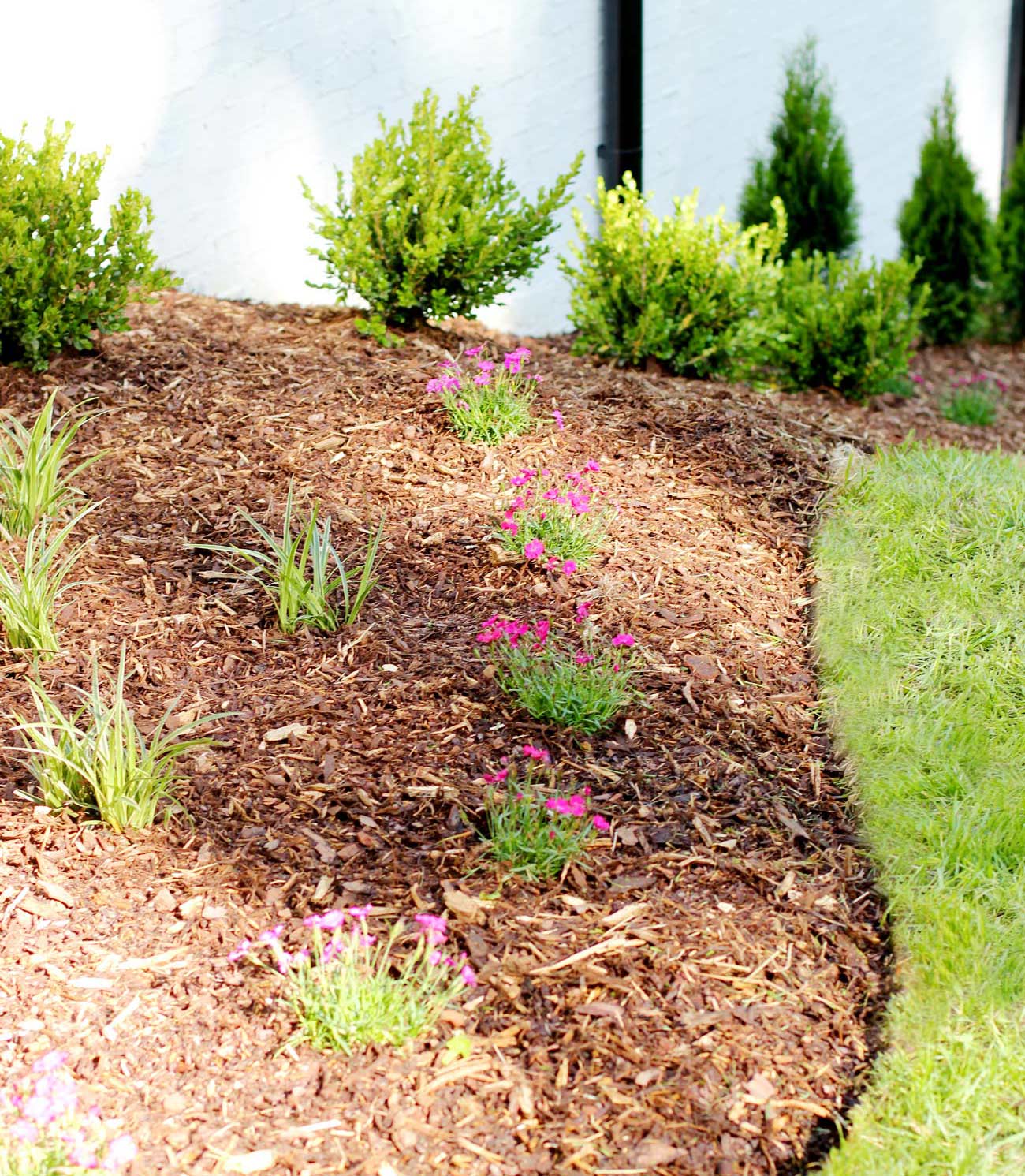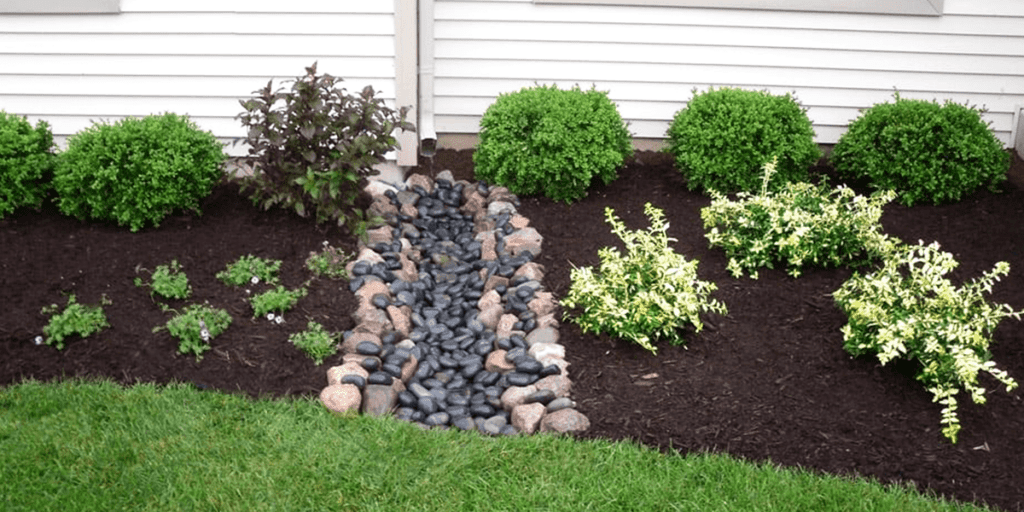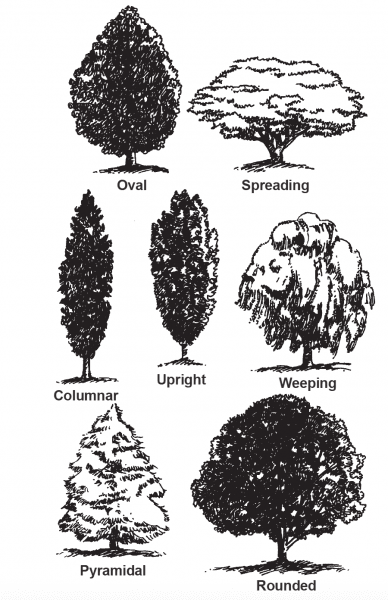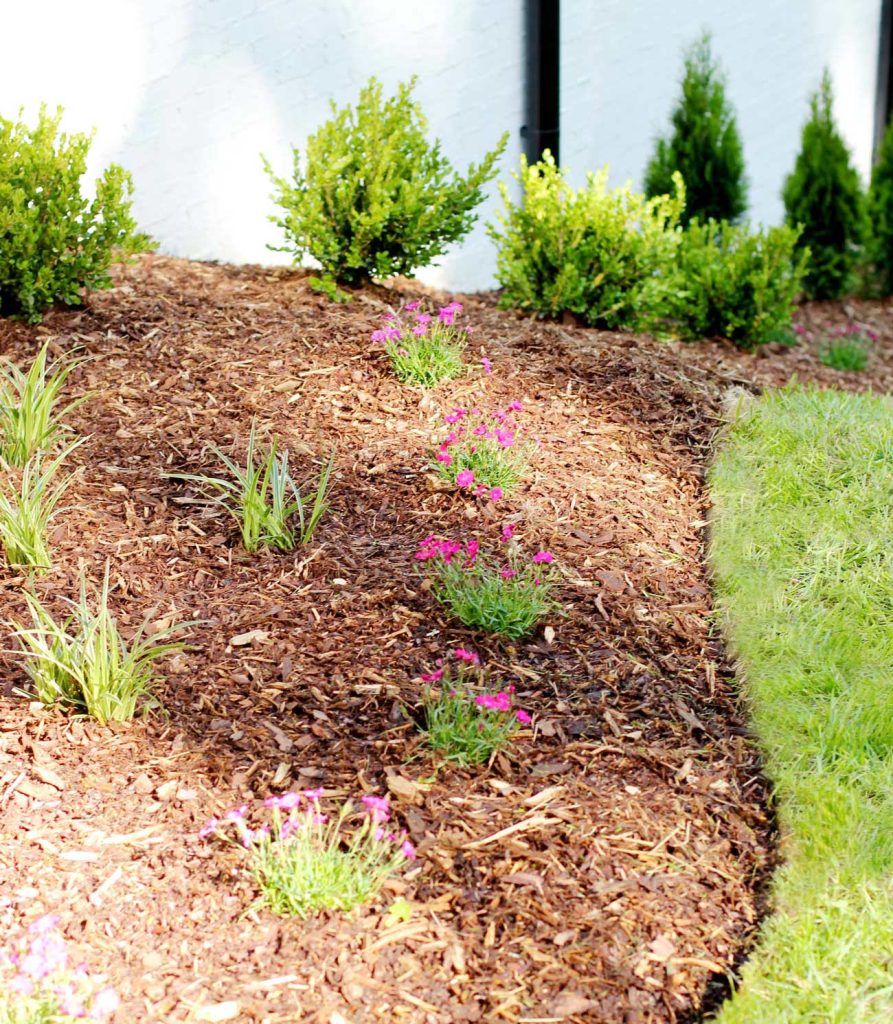Landscaping is the process of enhancing and modifying the natural features of a piece of land, such as plants, trees, and terrain, to create a more aesthetic and functional outdoor space other words for landscaping. This practice has been around for centuries and has evolved over time, resulting in a variety of terminologies that are used to describe it. While the term “landscaping” may be the most commonly known, there are many other words and phrases that are used to refer to this practice. In this guide, we will explore some of these other words for landscaping and their meanings.
I. Gardening as an Alternative Term for Landscaping

A. The Definition and Origin of Gardening
Gardening is a broad term that encompasses all activities related to growing plants, whether for ornamental purposes or food production. It involves tending to plants, from planting and watering to pruning and harvesting. The word “garden” originated from the Old English word “geard”, which means “enclosure” or “fence”. Over time, it evolved to refer to a piece of land that is cultivated for plants.
B. How Gardening Differs from Landscaping
While gardening and landscaping both involve working with plants, there are some key differences between the two terms. Landscaping generally refers to larger-scale projects that involve modifying the entire outdoor space, including elements such as hardscapes, water features, and lighting. Gardening, on the other hand, tends to focus more on cultivating and maintaining plants, often in smaller areas like flower beds or vegetable gardens.
C. The Role of Gardening in Landscaping
Despite their differences, gardening and landscaping often go hand in hand. Gardening is an essential element of landscaping, as it provides the foundation for the overall design. Plants and flowers are used to add color, texture, and dimension to a landscape, making it more visually appealing. Without gardening, landscaping would not be possible as it is the plants that bring life and beauty to an outdoor space.
II. Hardscaping: The Non-Living Elements of Landscaping
A. Defining Hardscaping and Its Purpose
Hardscaping refers to the non-living elements of a landscape, such as rocks, stones, pavers, and other hard materials. These elements are used to create structural features and define the layout of an outdoor space. In contrast to softscaping (the living elements of landscaping, such as plants), hardscaping provides the backbone of a landscape design.
B. The Different Types of Hardscaping
There are various types of hardscaping, each with its unique purpose and benefits. Some common examples include:
- Patios and decks: These are flat, paved areas where people can relax or dine outdoors.
- Walkways and driveways: These are paths made of stones, gravel, or concrete that provide access around the outdoor space.
- Retaining walls: These are structures that hold back soil and prevent erosion.
- Water features: These include fountains, ponds, and waterfalls that add a calming and aesthetic element to a landscape.
- Outdoor kitchens and fire pits: These are popular additions for those who enjoy entertaining in their outdoor space.
C. How Hardscaping Enhances Landscaping
In addition to providing structure and defining the layout of a landscape, hardscaping also has several other benefits. It can increase the functionality of an outdoor space by creating areas for specific activities, such as dining or cooking. Hardscaping can also add visual interest and contrast to a landscape, break up large open spaces, and provide better drainage. Overall, hardscaping plays a crucial role in creating a well-designed and functional outdoor area.
III. Xeriscaping: A Sustainable Approach to Landscaping

A. The Definition and Origin of Xeriscaping
Xeriscaping is a type of landscaping that focuses on conserving water through the use of drought-resistant plants and other sustainable techniques. The word “xeriscape” comes from the Greek word “xeros”, which means “dry”. This term was coined in the 1970s by the Denver Water Department as a way to promote water conservation in arid regions.
B. The Principles of Xeriscaping
There are seven principles of xeriscaping that make it an effective and sustainable approach to landscaping:
- Planning and design: Careful planning and designing for the specific climate and conditions of a location is crucial for successful xeriscaping.
- Soil improvement: Preparing the soil with organic matter and using mulch can improve water retention and drainage.
- Appropriate plant selection: Choosing plants that are native or adapted to the local climate and require less water is key to xeriscaping.
- Efficient irrigation: Using drip irrigation systems or hand watering can reduce water waste and ensure plants receive the right amount of water.
- Mulching: Adding a layer of mulch around plants helps retain moisture and prevent weed growth.
- Proper maintenance: Regular pruning, weeding, and fertilizing can keep plants healthy and require less water.
- Use of alternative materials: Incorporating non-plant elements, such as rocks or gravel, can add visual interest and reduce the need for watering.
C. The Benefits of Xeriscaping
Xeriscaping has numerous benefits, including:
- Reduced water usage: By using drought-resistant plants and efficient irrigation techniques, xeriscaping can save up to 50-75% of water compared to traditional landscaping.
- Lower maintenance: Once established, xeriscaped gardens require less maintenance, saving time and effort.
- Cost-effective: With less water usage and maintenance, xeriscaping can result in lower utility bills and long-term savings.
- Environmental friendliness: Xeriscaping reduces the need for chemical fertilizers and pesticides, making it a more eco-friendly option.
- Increased curb appeal: A well-designed and maintained xeriscaped garden can add value and enhance the appearance of a property.
IV. Green Roofs: Landscaping from Above

A. Defining Green Roofs and Their Purpose
Green roofs, also known as living roofs or rooftop gardens, are vegetated roofing systems that involve growing plants on rooftops. These roofs have been used for centuries, with some of the earliest examples dating back to ancient Babylon and Rome. Today, green roofs are becoming increasingly popular as a way to add green space to urban areas and increase energy efficiency.
B. The Different Types of Green Roofs
There are three main types of green roofs:
- Extensive green roofs: These are low-maintenance roofs with shallow soil depths, typically less than six inches. They are best suited for lightweight plants such as sedums and mosses.
- Semi-intensive green roofs: These roofs have deeper soils (six to twelve inches) and can support a wider range of plants, including perennials and small shrubs.
- Intensive green roofs: These are the most intensive and expensive type of green roof, with soil depths of up to four feet. They can support a wide variety of plants, including trees, and can be designed to resemble traditional gardens.
C. How Green Roofs Benefit Landscaping
Green roofs offer numerous benefits for both the environment and the building they are installed on. Some advantages include:
- Stormwater management: Green roofs can absorb and retain rainwater, reducing the impact on sewers and minimizing the risk of flooding.
- Energy efficiency: The presence of vegetation can reduce the amount of heat absorbed by a building, leading to lower energy costs for cooling in the summer.
- Improved air quality: Plants on green roofs can help filter pollutants and improve the air quality in urban areas.
- Biodiversity: Green roofs can provide habitats for birds, insects, and other wildlife, increasing biodiversity in cities.
- Aesthetic appeal: In addition to their functional benefits, green roofs also add an attractive and natural element to urban landscapes.
V. Frequently Asked Questions about Landscaping

A. What is the difference between landscaping and gardening?
Landscaping involves modifying and enhancing the natural features of an outdoor space, while gardening focuses on cultivating and maintaining plants within that space.
B. Do I need to hire a professional landscaper?
It depends on the scope of your project and your level of expertise. For larger and more complex projects, it may be best to hire a professional with experience and knowledge in landscaping. However, if you have a small and simple project, you may be able to do it yourself.
C. How can I make my landscape more environmentally friendly?
You can make your landscape more environmentally friendly by incorporating sustainable practices such as xeriscaping, using native plants, and installing a rainwater harvesting system.
D. How much does landscaping cost?
The cost of landscaping varies depending on the size and complexity of the project, as well as the materials and plants used. It is best to get a quote from a professional landscaper to determine the exact cost for your specific project.
E. Can I add value to my property through landscaping?
Yes, a well-designed and maintained landscape can increase the value of a property by enhancing its curb appeal and creating a functional and aesthetically pleasing outdoor space.
Conclusion
Landscaping is a versatile and ever-evolving practice that has many other words and phrases to describe it. From gardening and hardscaping to xeriscaping and green roofs, each term encompasses different aspects and techniques of landscaping. Understanding these terminologies can help you communicate more effectively with professionals and make informed decisions when it comes to your outdoor space. Whether you prefer a traditional garden or a more sustainable approach, there is no shortage of options when it comes to creating a beautiful and functional landscape.

